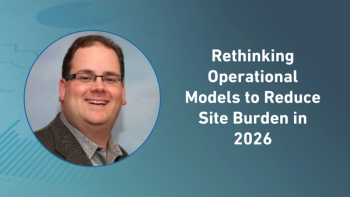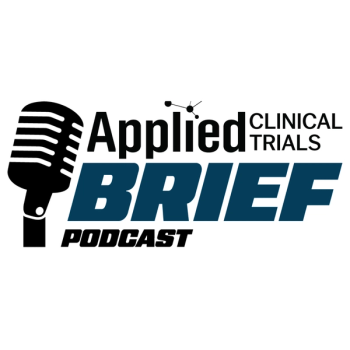
- Applied Clinical Trials-04-01-2013
- Volume 22
- Issue 4
Shortening Clinical Trial Start-Up Times and Increasing Enrollment Using Historical Performance Benchmarks
IMS Health
Planning the start-up of a clinical trial has traditionally been an adventure into the unknown. Due to the number of variables involved (from patient availability, to site experience, to government regulation), the trial forecast often bears little resemblance to how the trial unfolds. Since finding treatment naïve patients for clinical trials is becoming increasingly difficult, more sponsors are running trials in emerging markets. Here, companies are challenged to find sites that achieve fast start-up times and strong screening rates as they don't have the benefit of experience in the region or with particular sites.
Trial start-up times, enrollment times, and screening rates vary dramatically by country, even in mature markets, as seen in the results for the United States, Germany, and United Kingdom compared to the less mature markets.
To avoid the costs, delays, and frustrations that result from such unpredictability, sponsors need to formulate their plans using the most reliable set of assumptions possible—those rooted in past experience and using historical performance benchmarks. Today, companies can access industry-wide historical benchmark data for clinical trial planning through Enrollment Benchmarks from IMS' StudyOptimizer tool. Completed trial performance data across the industry are aggregated together into a robust historical view of start-up and enrollment metrics for thousands of studies across 35,000 sites in 85 countries.
Such benchmarks can be used to:
- Validate enrollment assumptions for a single trial (or across an entire asset or portfolio)
- Make country allocation decisions on the basis of country-level enrollment performance
- Understand performance metrics (number of patients, enrollment duration, etc.) for new therapy areas/indications by country
- Identify opportunities to improve efficiency by assessing your performance against the industry's
Assessment of data can be reviewed across geographic regions, individual countries, start-up/enrollment, by therapeutic area/indication, or for trials in any development phase. For example, in a cut of the data by selected countries shown in the figure, we see median start-up times vary widely. More established countries such as the United States, Germany, and the United Kingdom have higher numbers of Alzheimer's disease trials and complete the start-up phase in about half the time required in less established countries in Latin America, Asia, and Eastern Europe. Enrollment cycle times in the US trials doubles what they are in the remaining countries due to a higher rate of target subjects and percentage of total trials.
The trial planner using this information would have a tough decision to make in choosing sites with minimal start-up and enrollment times weighed against the challenge of searching for sites with higher screening rates. The choice, though difficult, would at least be based on real performance data, and the sponsor could proceed on the basis of what factors were most important.
—Data Source from StudyOptimizer- IMS Health (for more information, contact
Articles in this issue
over 12 years ago
Act coverover 12 years ago
FDA Promotes Quality and Risk Managementover 12 years ago
Personalized Medicineover 12 years ago
Collaboration Planningover 12 years ago
Standardization in Biospecimen Storage and Researchover 12 years ago
Business and People April 2013over 12 years ago
Act Insert Coverover 12 years ago
The Best-Laid Plans...Newsletter
Stay current in clinical research with Applied Clinical Trials, providing expert insights, regulatory updates, and practical strategies for successful clinical trial design and execution.



